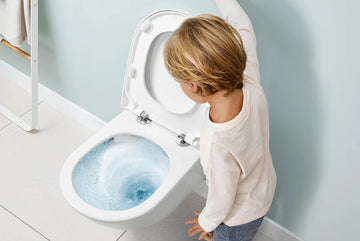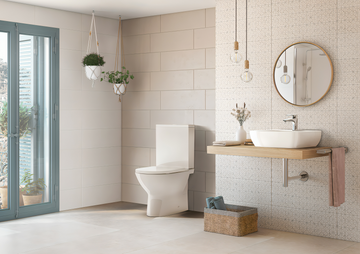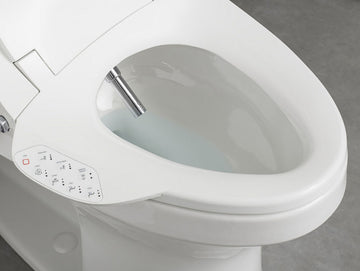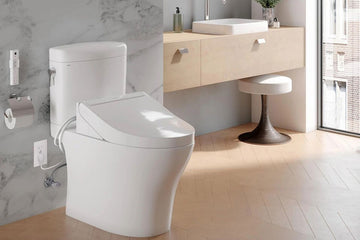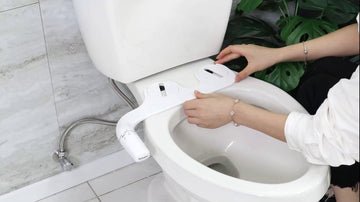In the ever-evolving world of bathroom innovations, automatic flush toilet technology stands out as a remarkable breakthrough, bringing about a significant shift in sanitation standards. This technology has not only enhanced user convenience but also played a pivotal role in promoting hygiene and water conservation. For those in the field of Industry QA, understanding the intricacies of this advancement is crucial as it directly influences product quality and user satisfaction.
At its core, automatic flush toilet technology utilizes sensors and smart mechanisms to detect when a toilet has been used and initiates the flushing process without any manual intervention. This development has been nothing short of revolutionary, offering solutions to issues that have plagued public restrooms for decades. By eliminating the need for users to touch any part of the toilet, the technology significantly reduces the spread of germs and bacteria.
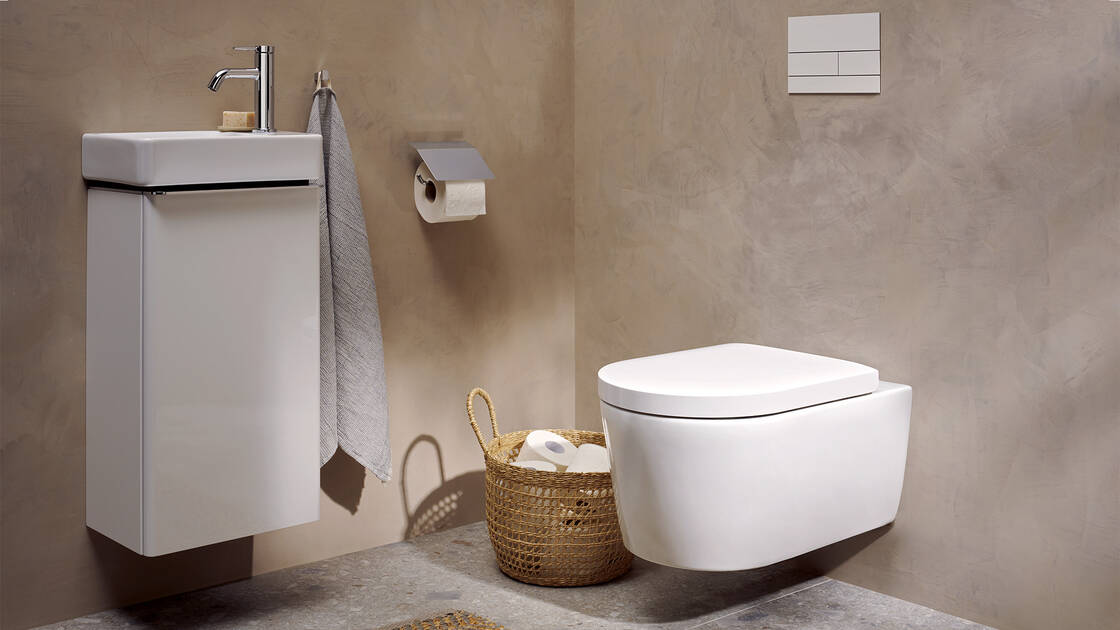
How Does Automatic Flush Toilet Technology Work?
The technology behind automatic flush toilets is both fascinating and intricate. It often employs infrared sensors that detect body heat and movement, indicating when a user is present. Once the user leaves, the sensor triggers the flushing mechanism. This smart sensor system ensures that the toilet is flushed each time it's used, maintaining cleanliness and hygiene in public and private restrooms alike.
Some advanced models integrate additional features such as dual-flush options, which allow users to select a half or full flush based on the waste type. This not only enhances water efficiency but also contributes to environmental conservation efforts. For an in-depth understanding of high-tech toilets, explore our detailed insights.
Advantages of Automatic Flush Toilets
The benefits of automatic flush toilets extend beyond mere convenience. Here are some of the key advantages:
1. Improved Hygiene
By eliminating the need to manually flush, these toilets significantly reduce contact with potentially germ-laden surfaces. This is especially crucial in public restrooms where the risk of contamination is higher. Modern toilet innovations have prioritized hygiene as a primary concern.
2. Water Conservation
Automatic flush toilets are designed to use water more efficiently. With features like dual-flush systems, they minimize water waste, contributing to conservation efforts. This is particularly important in regions facing water scarcity.
3. Enhanced User Experience
For users, the convenience of automatic flushing enhances the overall experience, making restroom visits more pleasant. This is especially beneficial in high-traffic areas such as airports, malls, and office buildings.
Challenges and Considerations
Despite their numerous advantages, automatic flush toilets are not without challenges. Installation and maintenance require careful attention to ensure optimal performance. The sensors and mechanisms must be regularly checked and serviced to prevent malfunctions. Additionally, the initial cost of installing such systems can be a deterrent for some establishments. However, the long-term benefits often outweigh the initial investment.
For those interested in exploring more about innovative bathroom solutions, our article on smart toilets provides further insights into cutting-edge technologies.
The Future of Automatic Flush Toilet Technology
The future of automatic flush toilet technology looks promising. As technology continues to advance, we can expect even more innovative features to be integrated into these systems. The rise of the Internet of Things (IoT) is likely to play a significant role, allowing for remote monitoring and management of restroom facilities.
Moreover, the integration of AI could lead to toilets that can learn user patterns and optimize flushing mechanisms accordingly. This would further enhance water efficiency and user satisfaction. For a glimpse into the future of toilet technology, check out this article.
Conclusion
Automatic flush toilet technology is undoubtedly a game-changer in the realm of sanitation. Its ability to enhance hygiene, conserve water, and improve user experience makes it a crucial component of modern restroom facilities. For those in Industry QA, staying informed about these advancements is essential to ensure that products meet the highest standards of quality and efficiency.
As we continue to embrace technology in our daily lives, the importance of innovations like automatic flush toilets cannot be overstated. They represent a step forward in creating cleaner, more efficient, and user-friendly environments.
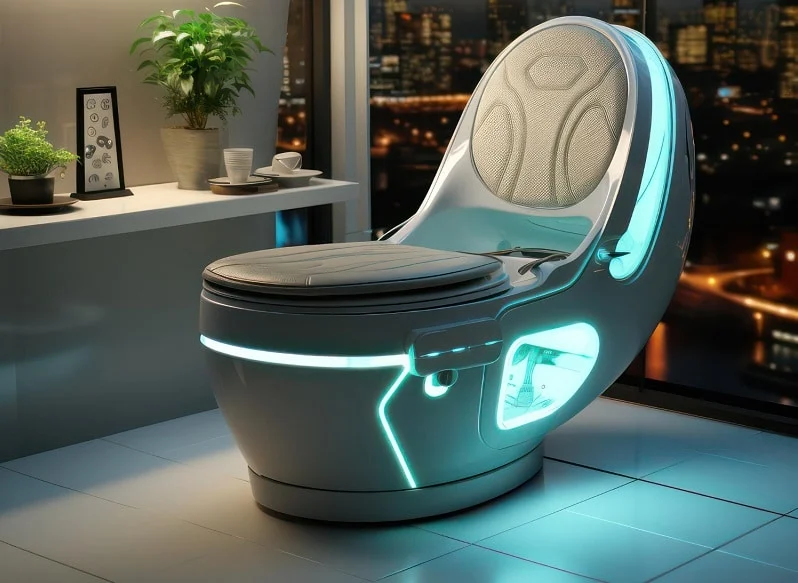
FAQs
1. How do automatic flush toilets save water?
Automatic flush toilets often come with dual-flush options, allowing for a half or full flush based on the waste type, thereby conserving water.
2. Are automatic flush toilets hygienic?
Yes, they reduce the need for manual interaction, which significantly lowers the risk of germ transfer in restrooms.
3. What maintenance is required for automatic flush toilets?
Regular checks and servicing of the sensors and flushing mechanisms are necessary to ensure they operate efficiently.
4. What are the challenges associated with automatic flush toilets?
Installation and maintenance can be challenging, and initial costs may be high, but long-term benefits often outweigh these concerns.
5. How is AI impacting toilet technology?
The integration of AI allows toilets to learn user patterns, optimizing flushing mechanisms and further enhancing water efficiency.
This article contains affiliate links. We may earn a commission at no extra cost to you.

